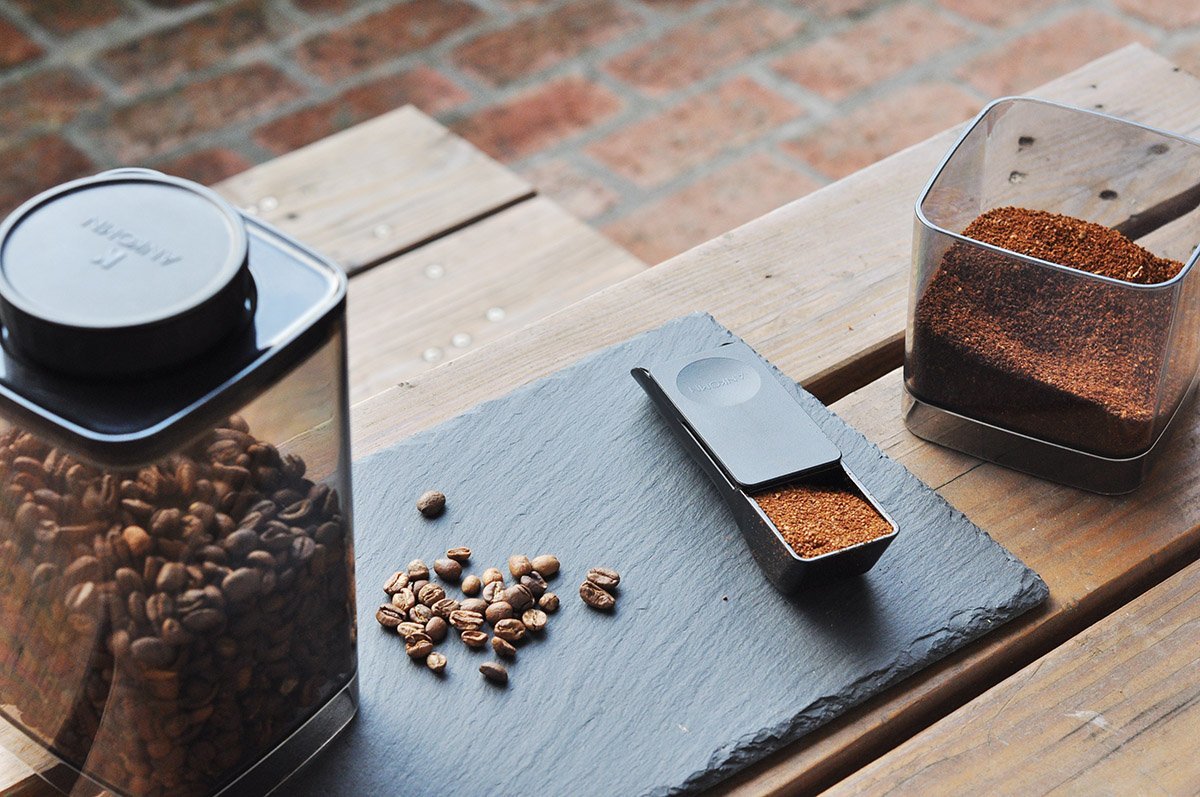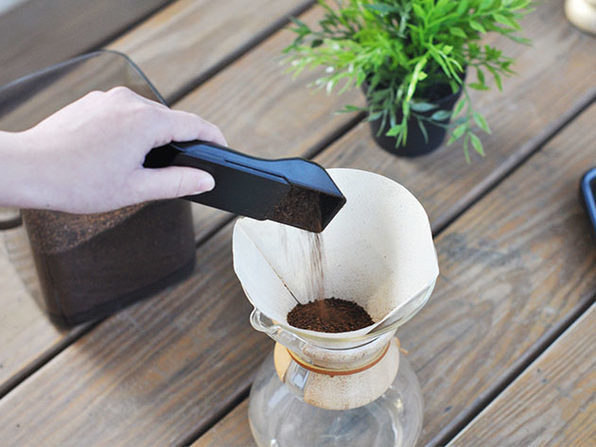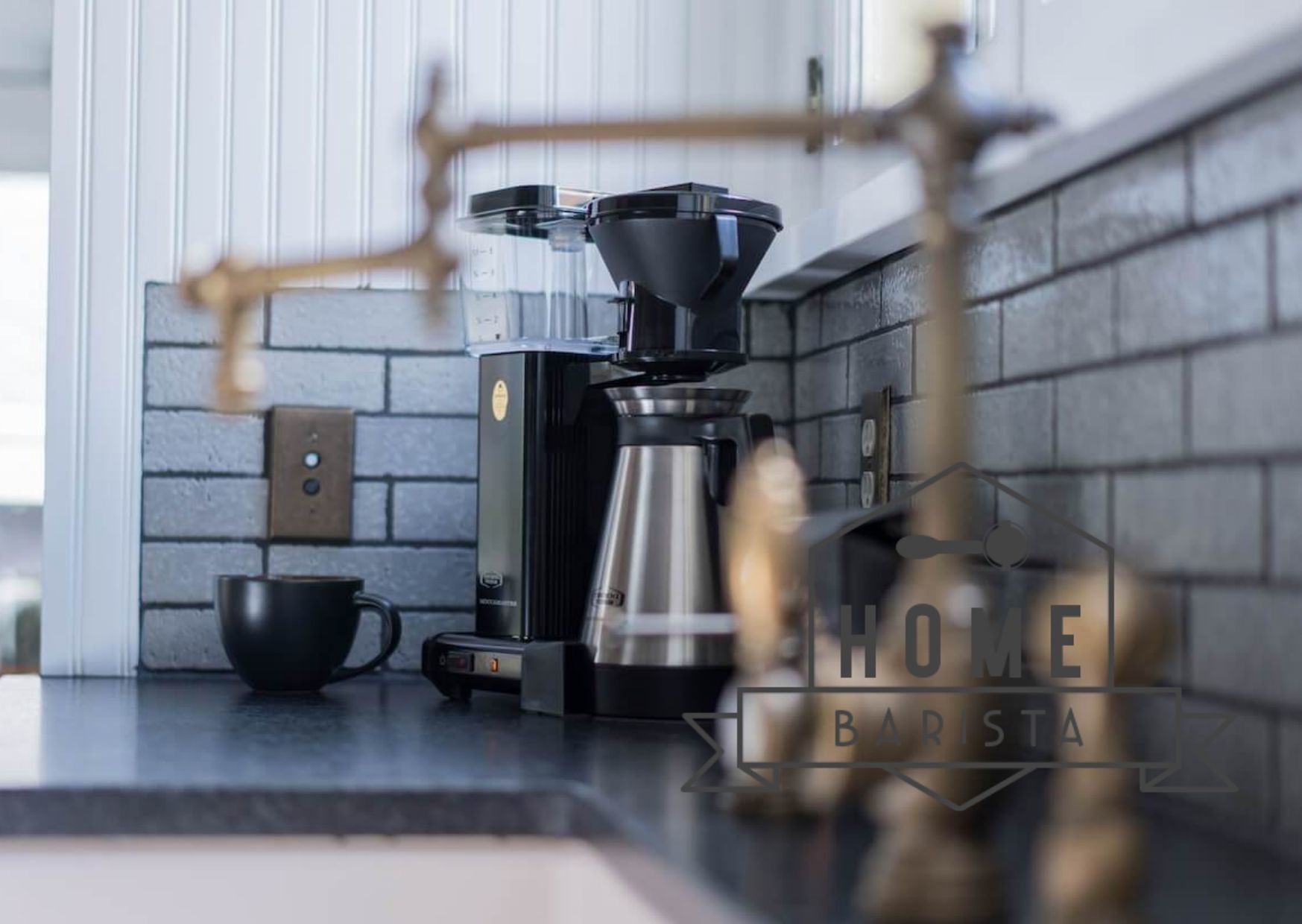New - the Ankomn vacuumcanister to keep your coffee fresh longer!
Thursday 8 october 2020 15:00:00 Europe/brusselsPeople prefer a good storage of coffee. The main purpose of this post is not to discuss whether or not a vacuum canister is the best way to store coffee; instead, we list some common misunderstandings and myths about vacuum canisters.

We all know that there are three essential elements for storing coffee, lighting, oxygen and moisture.
Without a doubt, UV blocking is essential. Use non-transparant bags, canisters or put them in a cabinet that prevents light.
Avoid a humid environment. But not too dry to allow all the moisture to evaporate.
The last part, how to preserve the aroma and prevent oxidation is the most controversial issue.
Many professional baristas are going to use a vacuum machine and a plastic bag to vacuum-pack the coffee beans, then freeze them and only then open them just before their competition. This is a very common way of storing coffee in competitions; however, it is not suitable for 'ordinary' coffee lovers who drink coffee at home.
HERE COMES THE FIRST MYTH. HOW SHOULD WE PRESERVE THE COFFEE BEANS? FREEZE OR AT ROOM TEMPERATURE?
It's said that moisture is generated to make the coffee congeal faster while you freeze it and get it outside the freezer. If you use a canister or a coffee bag when the temperature changes, moisture will accelerate clotting. However, this will not happen if you use a vacuum bag, because no moisture is generated inside the vacuum bag.
In short, yes, you can freeze the vacuum bag in the freezer. But if you use a canister or a coffee bag, the room temperature is better.
THE SECOND MYTH IS THAT IF YOU TAKE OUT THE AIR TO VACUUM IT, YOU ALSO TAKE OUT THE AROMA.
It sounds quite reasonable that while the coffee is degassing, you pull the vacuum to release the air. Gradually the aroma will be gone because you push the air and the aroma out at the same time.
Coffee creates aroma as it is roasted, and no matter which way you use it (one-way valve coffee bag, canister or vacuum), the coffee will gradually lose its aroma.
The influences of temperature and sunlight are more applicable than pressure.
While we put a bag of coffee on the tray, which is in direct contact with the air, we will discover that it is not the aroma that is gone first, but the aroma that comes first. This is because oxidation is faster than volatility.

Some people insist that the aroma had changed while using a vacuumcanister, that's why Ankomn tested it with different vacuumcanisters.
From their test they found that changing the aroma is not because they took out the air, but because their vacuum scanner loses vacuum within 1~2 days and air leaks without a good seal.
Two crucial elements of a good vacuum box are, letting the air out and sealing it properly.
If you can only take the air out, but can't keep it sealed, then it's definitely not a good storage method.
At European Coffee Trip they did an 8 week experiment to discover which method is best for storing your specialty coffee beans:
THE THIRD MYTH, I SQUEEZED THE AIR, SO IT'S VACUUM!
Some people think that when they squeeze the air out of their coffee bag, it becomes vacuum.
Some also think that using products like AIRSCAPE creates a vacuum!
People are deceived by how they feel! While people squeeze the air and flatten the bag, they think there is no air left. The air is still being transported slowly, but you just can't see it.
Have you ever tried puncturing a vacuum bag? It will swell immediately!
Besides removing the air, a vacuum bag is also a powerful airtight mechanism. If the airtightness malfunctions, the air will slowly penetrate to impede the created negative pressure.
Even if it is not sucked up, ANKOMN TURN-N-SEAL is still an airtight canister. Therefore, it performs well in the storage of coffee. Take the air out and seal it, that's the real principle of vacuum!



